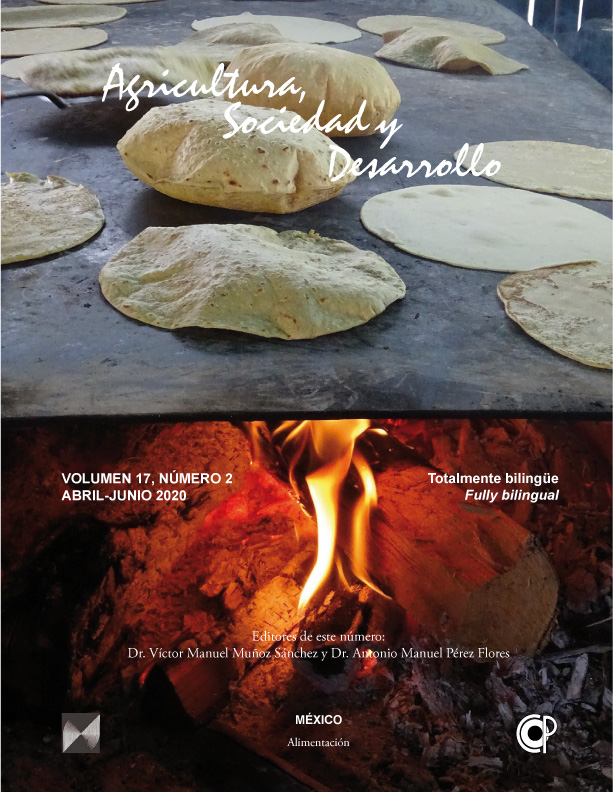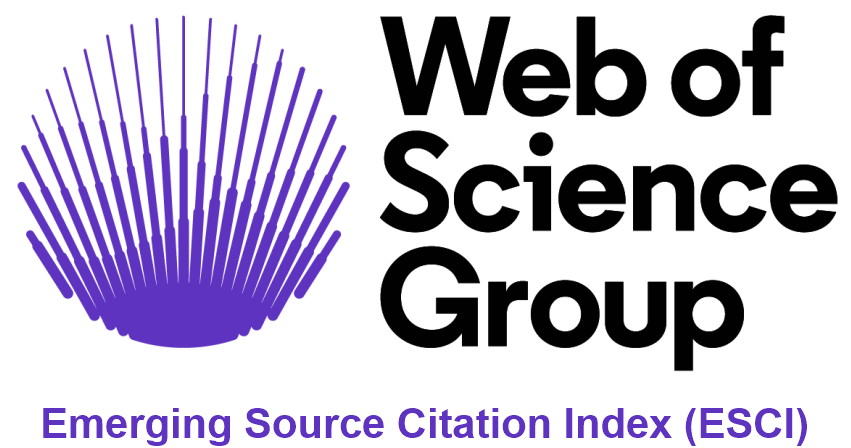Innovation context in spanish rurality: the case of the Andalusia rice fields
DOI:
https://doi.org/10.22231/asyd.v17i2.1345Keywords:
Rice; integrated production system; innovation; sustainable production; SpainAbstract
This article presents a descriptive statistical analysis on the relationship of rice growing and the retention of the rural population on the territory in Spain. Data provided by FAOSTAT (Food and Agriculture Organization of the United Nations), the National Statistics Institute (Instituto Nacional de Estadística, INE) and the Statistics and Cartography Institute of Andalusia were used. Results show that technological and non-technological innovation based on sustainable production has facilitated the increase in yield of paddy rice production, avoiding processes of rural depopulation in the municipalities of study.
References
Armesto López, Xosé. 2005. Notas teóricas en torno al concepto de postproductivismo agrario. Investigaciones Geográficas, 3, 137-156.
Bonnano, Alessandro. 2003. La globalización agro-alimentaria: sus características y perspectivas futuras. Sociologías, 5, 10, 190-218. doi: 10.1590/S1517-45222003000200007.
Briz, Julián, y De Felipe Ignacio. 1996. Competitividad del sector industrial arrocero y la distribución en: AA. VV.; Cultivo de arroz en el clima mediterráneo. Sevilla, Junta de Andalucía.
Brunori, Gianlucca, and Rossi Adanela. 2000. Synergy and Coherence through Collective Action: Some Insights from Wine Routes in Tuscany. Sociologia Ruralis, 40, 409-423.
Camarero, Luis. 2017. Enchained territories, migratory displacements and adaptive ruralities. Mundo agrario, 18, 37, e044. doi:10.24215/15155994e044
European Commission. 2015. EU agriculture spending focused on results. Disponible en: https://ec.europa.eu/agriculture/sites/agriculture/files/cap-funding/pdf/cap-spending-09-2015_en.pdf
Farhad, Sherman, Gual Miguel, and Ruiz-Ballesteros Esteban. 2017. How does adaptive co-management relate to specified and general resilience? An approach from Isla Mayor, Andalusia, Spain. Land Use Policy, 67, 268-276. doi:10.1016/j.landusepol. 05.038
FAO (Food and Agriculture Organization of the United Nations). 2016. FAOSTAT Statistical Database.
Galliano, Danielle, Goncalves Amelie, and Triboulet Pierre. 2017. Eco-innovations in rural territories: organisational dynamics and resource mobilisation in low density areas. Journal of innovation economics & management, 24, 35-62.
Gómez Benito, Cristóbal, y González Juan José. 1997. Agricultura y sociedad en la España contemporánea. Madrid, McGraw-Hill.
González Delgado, José. 1998. El cambio tecnológico en la agricultura. Sevilla, Instituto de Desarrollo Regional.
González Arteaga, José. 2005. El arroz en las marismas del Guadalquivir: evolución y problemática actual. Sevilla, Universidad de Sevilla.
Im, Sih. 2017. Agricultural and Rural Development Measures Through Saemaul Undong Approach in Myanmar. The Journal of the Korean Society of International Agriculture, 29, 2, 120-128.
Instituto de Estadística y Cartografía de Andalucía. 2016. Disponible en: http://www.juntadeandalucia.es/institutodeestadisticaycartografia.
Jiao, Xiaoqiang, He Gang, Cui Zhen, Shen Jian, and Fu-suo Zhang. 2018. Agri-environment policy for grain production in China: toward sustainable intensification. China agricultural economic review, 10, 1, 78-92, 2018. https://doi.org/10.1108/CAER-10-2017-0201.
Madureira, Livia, Gamito, Teresa & Ferreira, Dora. Networking as Multi-Purposed Tool for Innovative Organizations in Rural Areas. Advanced Engineering Forum, 11, 70-75, 2014. doi: 10.4028/www.scientific.net/AEF.11.70
Martín Martín, José María, Salinas Fernández José Antonio; Rodríguez Martín Juan Antonio, y Jiménez Aguilera Juan de Dios. 2017. Assessment of the Potential of Tourism as a Sustainable Development Instrument in Terms of Annual Stability: Application to Spanish Rural Destinations in Process of Consolidation. Sustainability, 9, 10 1692. doi:10.3390/su9101692.
Muñoz-Sánchez, Víctor Manuel. 2009. Agua, arroz y Doñana: caminos convergentes. Anduli, Revista Andaluza de Ciencias Sociales, 8, 135-152.
Muñoz-Sánchez, Víctor Manuel. 2009a. Las 3 caras del asociacionismo arrocero en la marisma del Guadalquivir: arroceros, pescadores e industriales. Revista de Fomento Social, 255, 549-569.
Muñoz-Sánchez, Víctor Manuel. 2010. Arroz a la flamenca. Arroz y arroceros en el bajo Guadalquivir. Sevilla, Fénix.
Muñoz-Sánchez, Víctor Manuel, y Pérez-Flores Antonio Manuel. 2011. La modernización del arrozal sevillano mediante la innovación y tecnificación del proceso de cultivo. Inguruak. Revista Vasca de Sociología y Ciencias Políticas, 48-49, 99-116.
Muñoz-Sánchez, Víctor Manuel. 2017. Etapas de estratificación social en los municipios arroceros andaluces (1920-hoy día). Agricultura, Sociedad y Desarrollo, 14, 1, 23-45. doi:10.22231/asyd.v14i1.521.
Nadal, Jordi. 1996. La población española: siglos XVI a XX. Barcelona, Ariel.
Naredo, José Manuel. 1996. La evolución de la agricultura en España 1940-1990. Granada, Universidad de Granada.
OECD. 2010. The OECD Innovation Strategy: getting a head start on tomorrow. Paris, OECD.
Pedreño Cánovas, Andrés (coord). 2014. De cadenas, migrantes y jornaleros. Los territorios rurales en las cadenas globales agroalimentarias. Madrid, Talasa.
Pereira, Cristina, and Romero Fernando. 2013. Non-technological Innovation: Current Issues and Perspectives. Independent Journal of Management & Production, 4, 360-376.
Sabuco, Assumpta. 2004. La isla del arroz amargo. Andaluces y valencianos en las marismas del Guadalquivir. Sevilla, Fundación Blas Infante.
Downloads
Published
How to Cite
Issue
Section
License
Authors who publish in this journal accept the following conditions:
- The authors retain the copyright and transfer to the magazine the right of the first publication, with the work registered with the Creative Commons attribution license, which allows third parties to use what is published as long as they mention the authorship of the work and the first publication in this magazine.
- Authors may make other independent and additional contractual arrangements for non-exclusive distribution of the version of the article published in this journal (e.g., including it in an institutional repository or publishing it in a book) as long as they clearly indicate that the work It was first published in this magazine.
- Authors are permitted and encouraged to publish their work on the Internet (for example on institutional or personal pages) before and during the review and publication process, as it can lead to productive exchanges and greater and faster dissemination of the work. published (see The Effect of Open Access).













